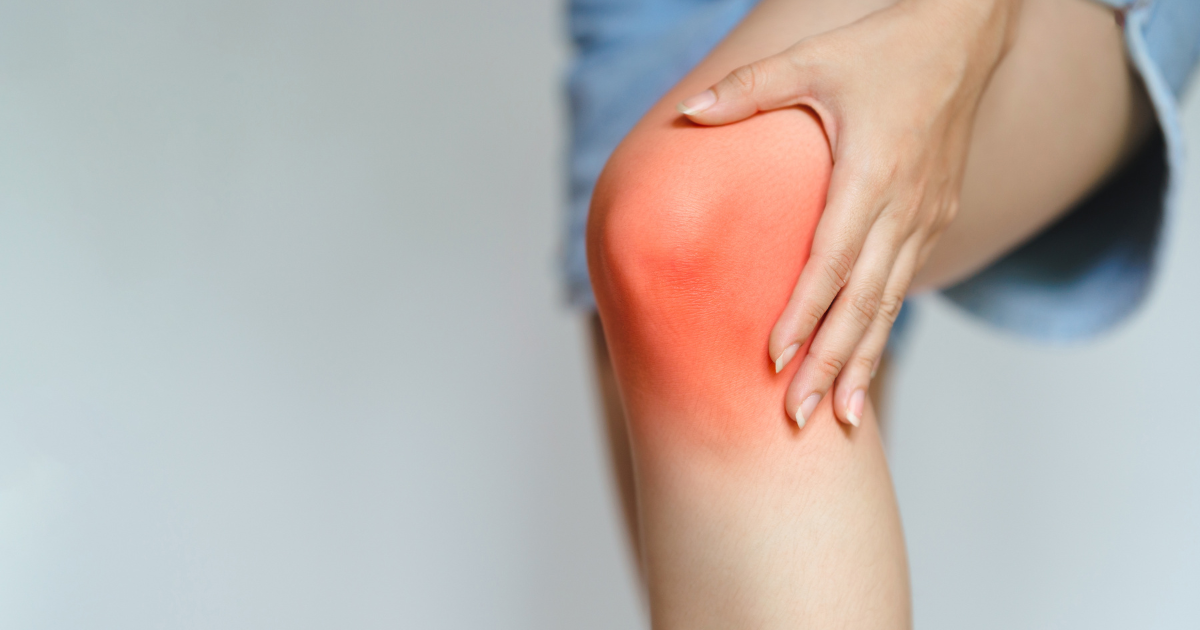Many people living with rheumatic diseases such as rheumatoid arthritis, lupus, osteoarthritis, and fibromyalgia often say they can “feel” a change in the weather in their joints. While it may sound like folklore, there’s growing evidence that seasonal and weather changes can influence joint pain and inflammation.
Let’s explore how weather affects rheumatic diseases, and what you can do to manage symptoms throughout the year.
How Weather Influences Rheumatic Diseases Conditions
Though research is ongoing, several weather-related factors appear to play a role in triggering or worsening joint pain and stiffness:
1. Cold Temperatures
Cold weather can cause muscles to tighten and joints to stiffen. This is especially noticeable in the hands, knees, and hips.
- Reduced blood flow in cold conditions may worsen stiffness.
- Muscle tension around the joints increases pain.
- Many people feel more fatigued or less active in cold seasons, which may affect joint flexibility.
2. Changes in Barometric Pressure
Barometric pressure (the weight of the air around us) drops before storms or sudden weather changes.
- This drop may cause tissues in the joints to expand, creating pain and pressure.
- It often worsens conditions like osteoarthritis or rheumatoid arthritis.
3. Humidity
High humidity, especially combined with cold, can exacerbate swelling and joint stiffness.
- Moist air can lead to increased inflammation.
- Those with fibromyalgia and lupus often report feeling more discomfort in humid conditions.
4. Hot and Dry Weather
For some people, heat provides relief. But for others, hot weather can cause fatigue and dehydration, which indirectly affect joint health.
Sun sensitivity in lupus patients may trigger skin rashes or joint flares.
Dehydration may increase uric acid, triggering gout attacks.
What Conditions Are Affected the Most?
Weather changes may impact various autoimmune and inflammatory conditions such as:
- Psoriatic Arthritis
- Rheumatoid Arthritis (RA)
- Osteoarthritis
- Systemic Lupus Erythematosus (SLE)
- Fibromyalgia
- Gout
- Ankylosing Spondylitis
How to Manage Rheumatic Pain During Seasonal Changes
1. Dress in Layers
Keep your joints warm with gloves, socks, and layered clothing. In winter, thermal wear can prevent sudden stiffness.
2. Stay Active Indoors
Cold weather may limit outdoor movement, but indoor exercises like yoga, stretching, or light aerobics can help maintain joint mobility.
3. Stay Hydrated
Drink plenty of water, even in winter. Hydration keeps joints lubricated and supports kidney function (especially important in lupus and gout).
4. Use Warm Compresses
Warm baths or heating pads can relieve joint pain and stiffness, especially in cold or humid climates.
5. Monitor Your Symptoms
Keep a symptom diary. Note how your pain or stiffness changes with weather. This can help your doctor personalize treatment.
6. Protect Your Skin in Summer
Autoimmune patients, especially with lupus, should use sunscreen, wear hats, and avoid excessive sun exposure to prevent flares.
7. Plan Activities Based on Weather
If your joints hurt more on rainy or cold days, plan important physical activities during milder, warmer days.
Tips from Rheumatologists
- Weather might not cause rheumatic disease but can act as a trigger.
- Patients with chronic joint conditions should maintain consistent medication schedules year-round.
- Vitamin D levels may drop during winter — supplements might be necessary to reduce inflammation.
FAQs
Q1. Why does my arthritis feel worse when it’s cold or rainy?
Cold and changes in barometric pressure may cause joint tissues to expand slightly, increasing discomfort and stiffness.
Q2. Can weather actually trigger a lupus flare-up?
Yes, especially sunlight and UV rays in summer can trigger skin and joint flares in lupus patients.
Q3. What’s the best season for people with joint pain?
Mild temperatures with low humidity (spring or early autumn) are usually more comfortable, but it varies from person to person.





